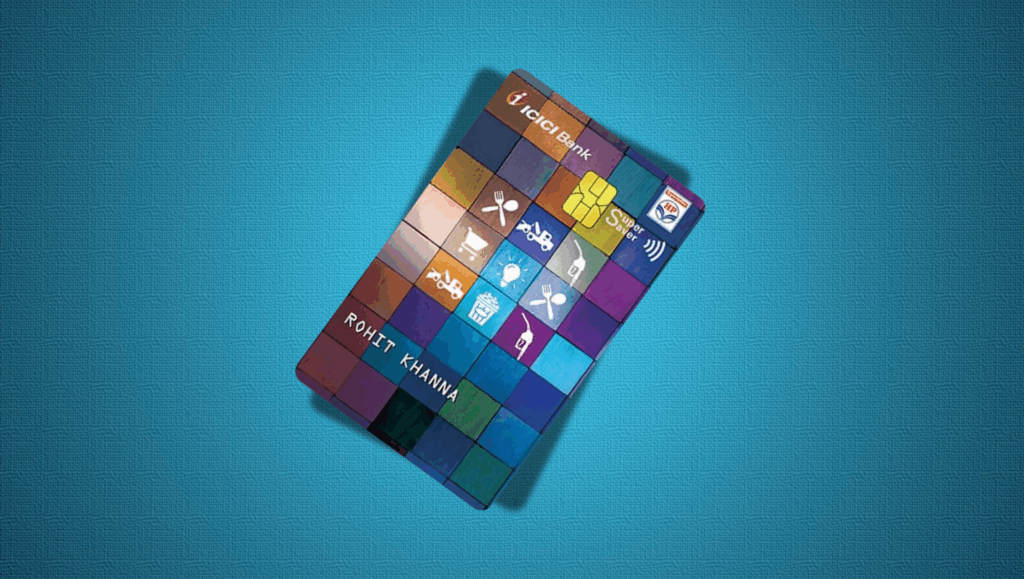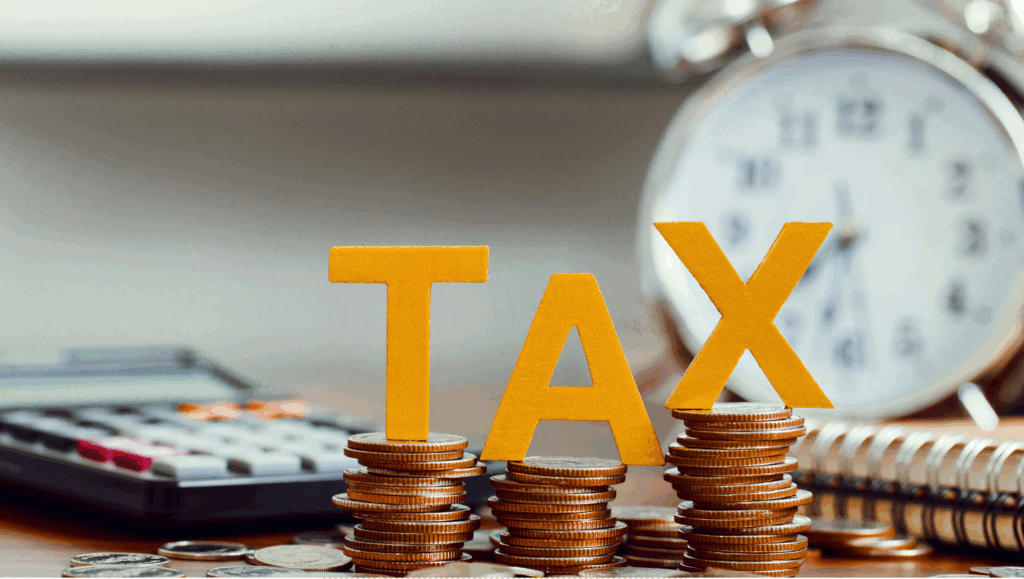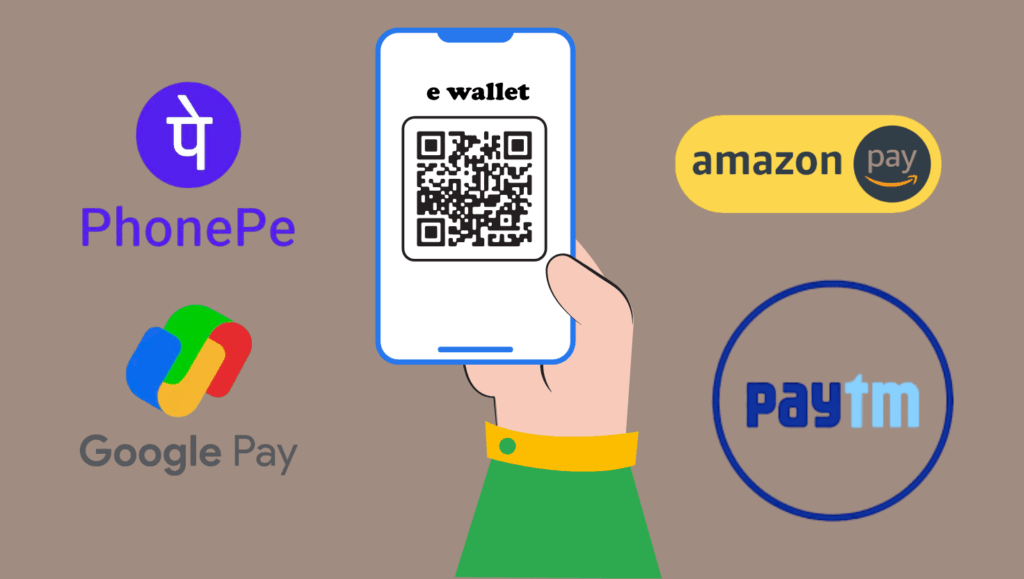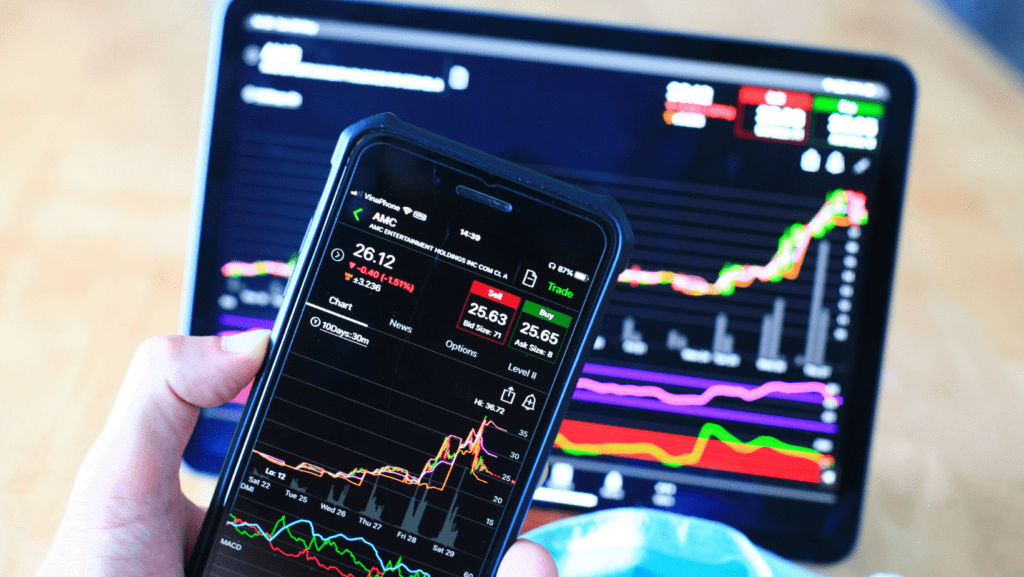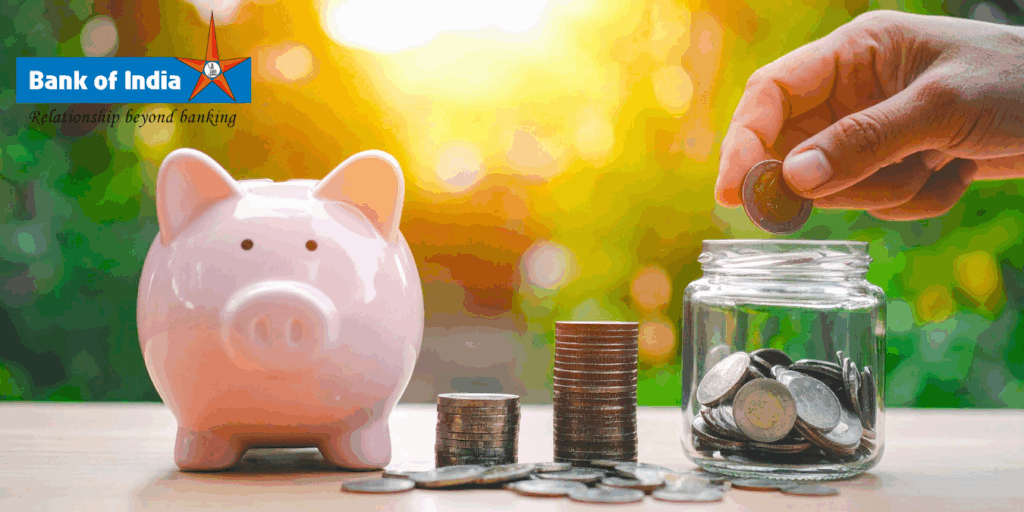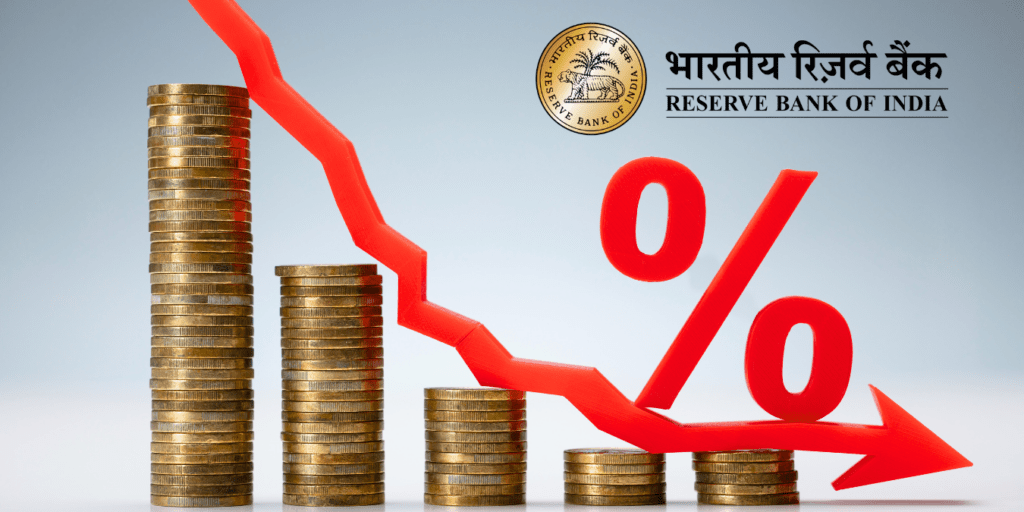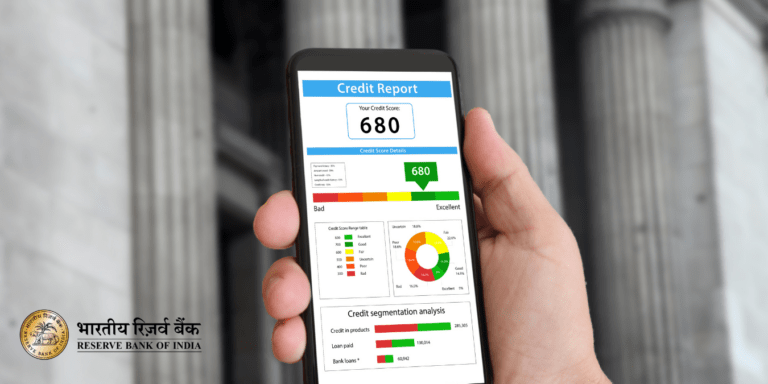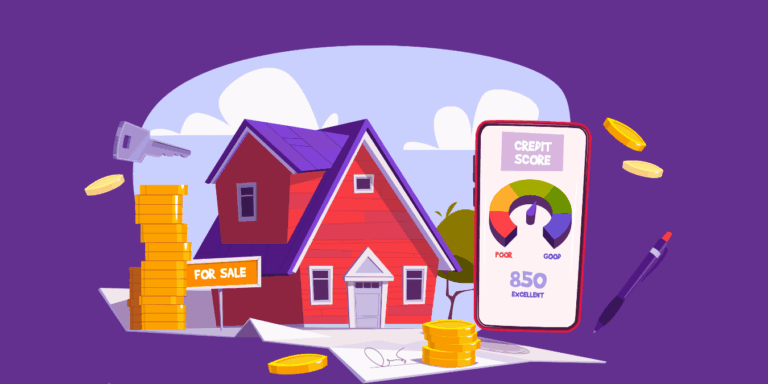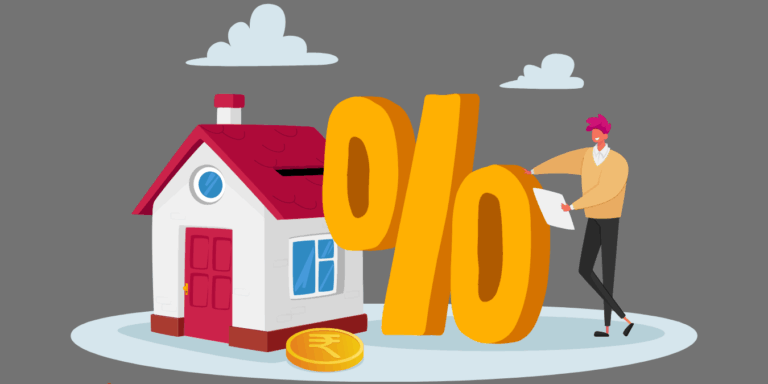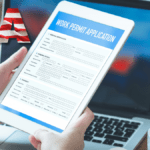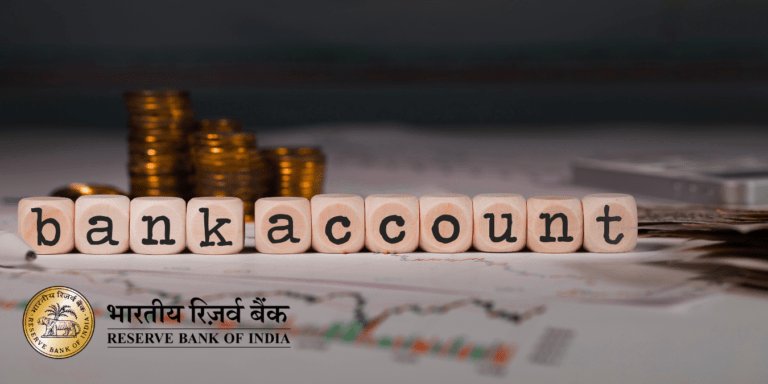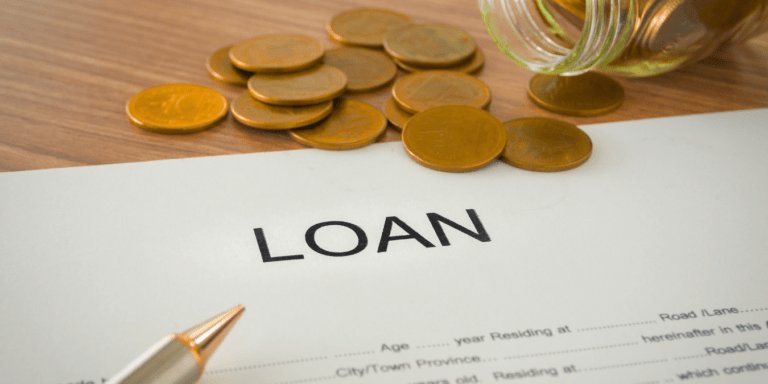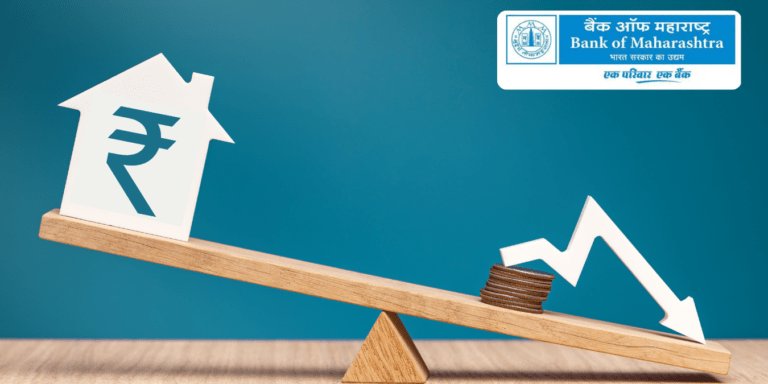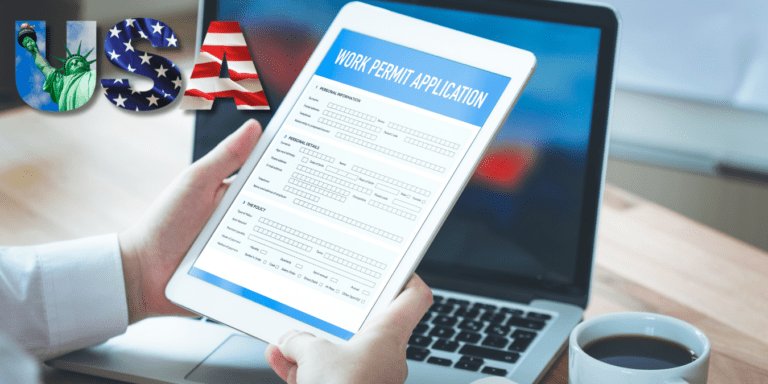
Why Banks Are Pushing ‘Cheaper-Than-Ever’ Personal Loans Rates Drop Below 10%!
Banks across India are quietly rolling out a shocking festive offer — personal loans starting at just 9.75% with processing fees slashed to ₹999 or even zero. From SBI and HDFC to Axis Bank and leading NBFCs, rates have dropped far below the usual 10.5–24%, but not everyone will qualify. Is this a once-in-a-year chance to cut your EMIs, or a strategic trap hidden in fine print? Before you apply, discover the surprising reasons behind this sudden rate war — and who should act fast.
This festive season, India’s biggest lenders are doing something unexpected — slashing personal loan rates to levels not seen in years. SBI, HDFC, Axis Bank, PNB, and several NBFCs are offering starting rates as low as 9.75%, coupled with near-zero processing fees. For borrowers used to double-digit interest rates that could reach 24%, the shift feels like a financial jolt. But is this the golden moment to lock in cheaper credit, or a limited-time lure with hidden strings attached? The answer may surprise you more than the rate itself.
NBFCs like Bajaj Finance, Tata Capital, and HDB Financial Services have joined the race too, flashing “limited-period low-rate offers” and almost zero processing fees. For borrowers used to seeing personal loan rates between 10.5% and 24%, this drop feels nothing short of a hidden jackpot.
But here’s the smarter question: Is it really the best time to grab a personal loan? Or is there a strategy behind these “festive” low rates?
Let’s decode what’s really going on behind these shockingly low numbers — and what borrowers can do to make the most of it.
Why Banks Are Suddenly Competing on Personal Loans
Banks and NBFCs hardly ever compete on personal loan rates unless there’s a bigger story at play — and this time, the story has multiple layers.
In the post-pandemic rebound years (2023–2024), most banks focused on high-margin loans — credit cards, unsecured personal loans, and BNPL (Buy Now, Pay Later). But as RBI’s 2024 Circular tightened capital norms for unsecured lending, banks were forced to rebalance their portfolios toward safer, quality borrowers.
Now, with liquidity improving and inflation moderating, top lenders have cash to deploy — and salaried, creditworthy individuals are their new heroes.
In short:
- Banks have liquidity they must lend out to sustain profits.
- RBI’s cooling inflation gives room to lower effective interest rates.
- Competition from fintech NBFCs pressures traditional banks to match offers.
- The festive quarter (October–December) is when loan demand spikes organically.
So lowering headline rates and highlighting “zero processing fees” helps attract both new customers and balance transfers from rival lenders.
The “Smart” Festive Strategy Behind the Offers
Take a closer look at this parallel between festive sales and banking offers. Just as e-commerce giants tempt you with flashy discounts, banks do something similar: they temporarily cut interest rates and subsidize processing fees to boost seasonal disbursements.
Here’s the spread of offers as of October 2025:
| Bank/NBFC | Starting ROI (Interest Rate p.a.) | Typical Range | Processing Fee Offer |
| SBI | 9.75% | 9.75% – 14.25% | ₹999 or Nil |
| HDFC Bank | 10.25% | 10.25% – 20% | Waived for select customers |
| Axis Bank | 10% | 10% – 21% | ₹999 limited offer |
| PNB | 9.80% | 9.80% – 15% | 50% off standard |
| Bajaj Finance | 10.50% | 10.5% – 24% | ₹999 or Nil |
| Tata Capital | 10.49% | 10.49% – 22.5% | ₹999 flat |
| HDB Financial Services | 10.75% | 10.75% – 22% | Waived up to ₹1 lakh loan |
For many borrowers, this is the lowest entry point for personal loans since pre-COVID 2019 — and the “processing fee slash” is the cherry on top.
Are These Loans Really ‘Cheaper’? Let’s Do the Math
Let’s compare how much you could save with the new festive rate versus normal rates.
Example: ₹5 lakh loan for 4 years.
| Rate | Monthly EMI | Total Interest Paid | Savings |
| 10.5% | ₹12,839 | ₹1,60,290 | — |
| 9.75% | ₹12,619 | ₹1,57,632 | ₹2,658 |
| 9.5% | ₹12,545 | ₹1,55,941 | ₹4,349 |
Even a 0.75% drop cuts your overall interest outgo by around ₹2,500–₹4,000 — plus you skip another ₹1,999 processing charge, resulting in direct savings of around ₹5,000–₹6,000 on a ₹5 lakh loan.
Now imagine this scaled across millions of festive borrowers — banks can disburse faster, grow volumes, and improve their lending visibility.
So yes, these loans are cheaper in the short term, but that’s not the whole picture.
The Hidden Side: What Banks Don’t Shout About
The “as low as” rate is always a teaser — not everyone qualifies for 9.75%. Actual interest rates depend on your credit score, employer reputation, and repayment history.
Here are the hidden realities worth knowing:
- Credit-score filter: Only customers with 750+ CIBIL scores are usually offered sub-10% rates.
- Prepayment traps: Some banks charge 2–4% foreclosure penalties, nullifying low-rate benefits.
- Dynamic pricing: If you’re self-employed or have thin credit history, expect 12–16% even under the “festive offer.”
- Limited duration: Most of these deals expire by December 2025 or earlier.
- Cross-selling tactics: Banks may pitch insurance or credit card add-ons to offset lost margins.
So while the offer looks attractive on paper, it’s important to read the small print and negotiate proactively.
Who Should Actually Consider These Loans
Not everyone needs a personal loan just because it’s cheaper. But for certain borrowers, this timing is quite strategic.
Smart choices include:
- Balance transfers: If your existing loan is above 13%, transferring to a 9.75–10% offer can save lakhs over tenure.
- Top-ups: Add-on loans at lower rates are smarter than taking new expensive credit.
- Emergency consolidation: If credit card debts (at 36–42% APR) are piling up, switching to a 10% personal loan is a financial rescue.
- Planned spends: Weddings, renovations, or education funding during festive months can benefit from lower EMIs.
Avoid using personal loans for speculative investments or shopping splurges — the temporary discount shouldn’t tempt you into long-term debt.
NBFCs vs Banks: Who Wins in 2025?
The NBFC-banking battle in unsecured lending is intensifying this year.
| Comparison | Banks (SBI, HDFC, Axis) | NBFCs (Bajaj, Tata Capital, Hero Fincorp) |
| Average Rate | 9.75–14% | 10.5–22% |
| Disbursal Speed | 2–5 days | Instant to 2 days |
| Documentation | Moderate (income proof, KYC) | Simplified (digital KYC) |
| Credit Score Sensitivity | High (750+) | Moderate (650–700+) |
| Loan Tenure | Up to 6 years | Up to 7 years |
| Ideal For | Salaried professionals | Self-employed & freelancers |
Bottom line: NBFCs offer accessibility; banks offer cheaper rates. The deciding factor is how fast you need cash, and how high your creditworthiness is.
Current Market Trend: RBI, Retail Surge, and Borrower Sentiment
Bankers expect festive quarter loan disbursals to rise 18–22% year-on-year, driven by wage stability and growing urban spending. The RBI repo rate at 6.25% (as of October 2025) remains stable, signaling no immediate upward revision — allowing lenders to retain lower retail rates.
Meanwhile, fintech platforms like Paisabazaar and BankBazaar report a 32% surge in “personal loan comparison searches” between mid-September and early October.
In simple words — Indians are actively hunting for the best short-term finance options before 2025 ends.
This emotion-driven, festive borrowing behavior is exactly what banks are capitalizing on.
The Quick Borrower’s Checklist (2025 Edition)
Before signing that glittery ‘9.75%’ offer, check these smart steps:
- Verify eligibility online using your PAN and CIBIL score.
- Compare offers across at least 3–4 lenders — not all waived charges are equal.
- Ensure fixed-rate EMI structure (not floating).
- Avoid optional insurance unless needed.
- Confirm processing fee and foreclosure terms in writing.
- Opt for auto-debit to maintain perfect repayment history.
- Keep tenures within 3–4 years for optimal cost-effective repayment.
A quick half-hour comparison could save you thousands over the loan’s life.
Why Borrower Behaviour Is Evolving Fast
Compared to 2020 or even 2022, today’s borrowers are informed, app-savvy, and review-focused. Most compare offers digitally before applying. Banks like HDFC and SBI have revamped mobile banking journeys to deliver pre-approved offers within minutes.
The focus has shifted from “rate-shopping” to “experience-shopping”:
- Instant approvals via credit card-banking linkage.
- Reduced paper trails and full eKYC setups.
- Cashback or Festive EMI holiday schemes.
As digital channels dominate, discoverability and personalization are driving India’s new loan culture — and that’s a signal for how consumer finance will evolve into 2026.
The Future: Will Rates Stay This Low?
Industry analysts suggest that sub-10% personal loan rates might not last beyond January 2026, unless RBI eases repo rates further — which is currently unlikely.
So, borrowers have a small window — roughly October to December 2025 — to capitalize on this alignment of low rates, festive pushes, and flexible documentation norms.
Once the festive season ends and lending targets are met, most banks are expected to revise rates upward by 0.25–0.75%, returning them to the normal 10.5–11.5% range.
Key Takeaways: The Smart Borrower’s Recap
- Banks like SBI, HDFC, Axis, and PNB are offering lowest-ever personal loan rates (9.75–10.5%).
- Processing fees waived or capped at ₹999 create real savings for small-ticket borrowers.
- Offers are valid till December 2025, largely for creditworthy profiles.
- Always compare tenure, insurance, and rate type before signing.
- Prioritize balance transfer or debt consolidation use-cases.
- Sub-10% loans may vanish in early 2026 as competition cools.
A “low-rate” personal loan is a fantastic tool only when used with financial discipline and awareness.
Final Thought
As banks flood social media and mobile apps with flashy “9.75% Instant Loan” ads, the truth is more layered than it appears. The next three months could decide who benefits more — the borrower or the bank. Imagine a quick switch knocking off ₹1,000 from your EMI, or a missed clause adding ₹10,000 in penalty later. Smart money moves now aren’t about grabbing every festive deal; they’re about choosing the right one at the right time.
Because once the offers vanish, they won’t return anytime soon — and by early 2026, most rates will likely inch back toward their older 11–12% range. The question isn’t should you take a loan; it’s how smartly you take it. Hidden value often lies not in the rate itself, but in how you read between the fine print.
